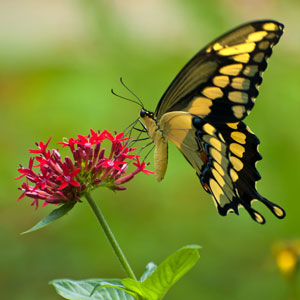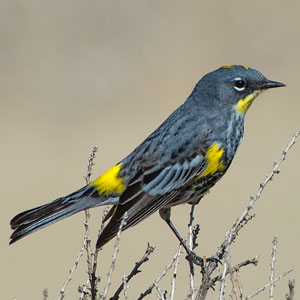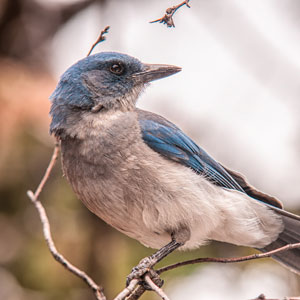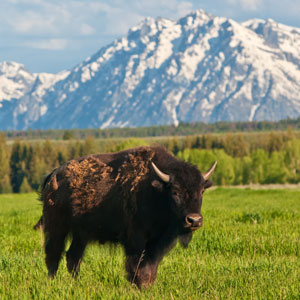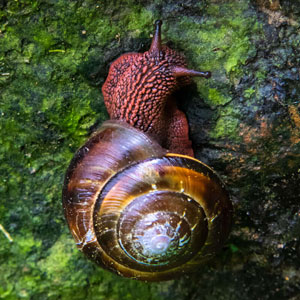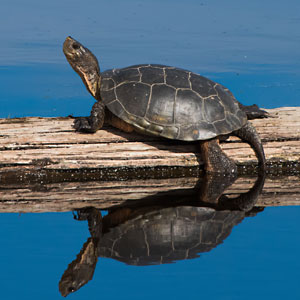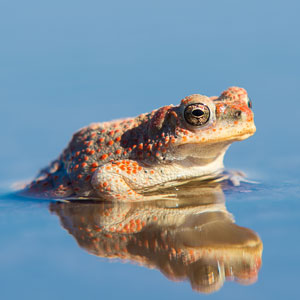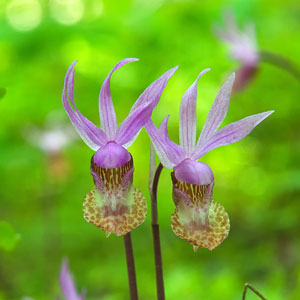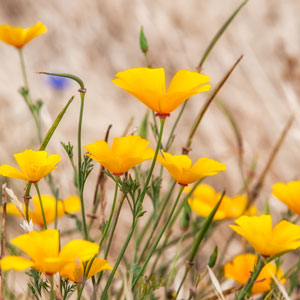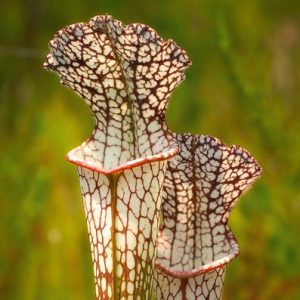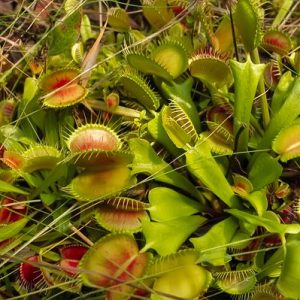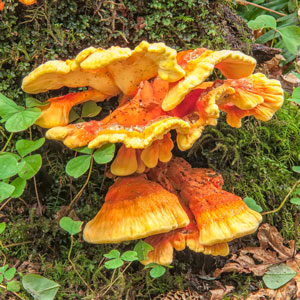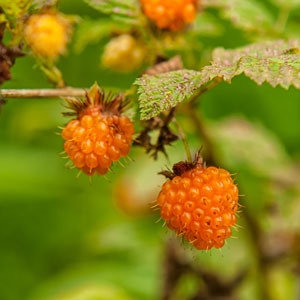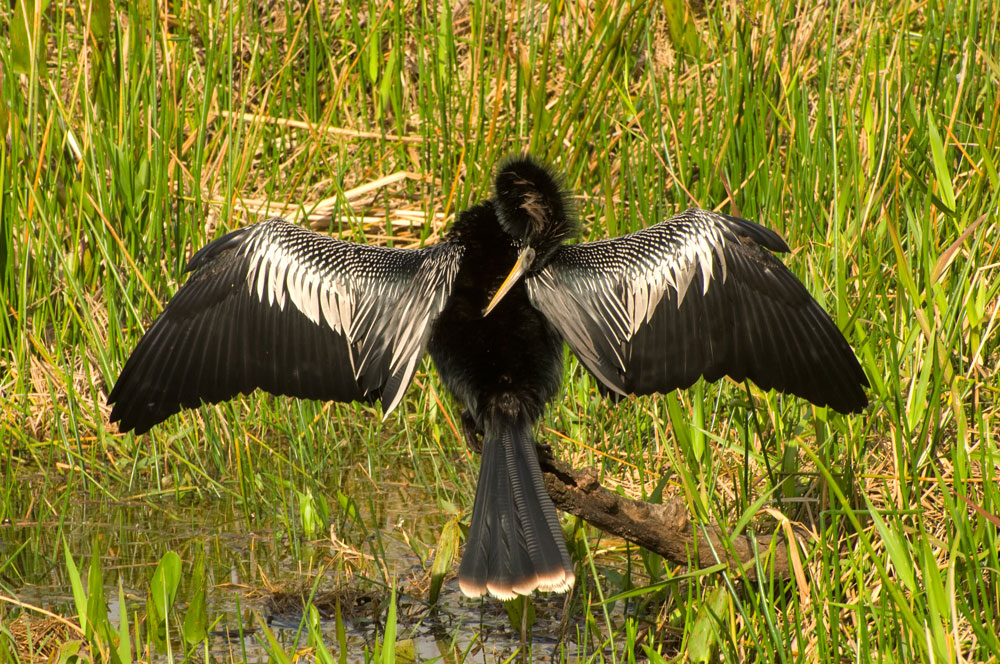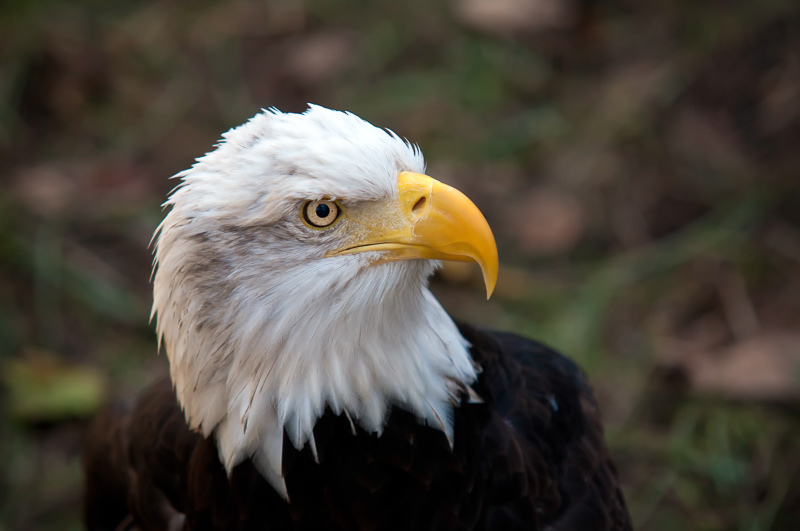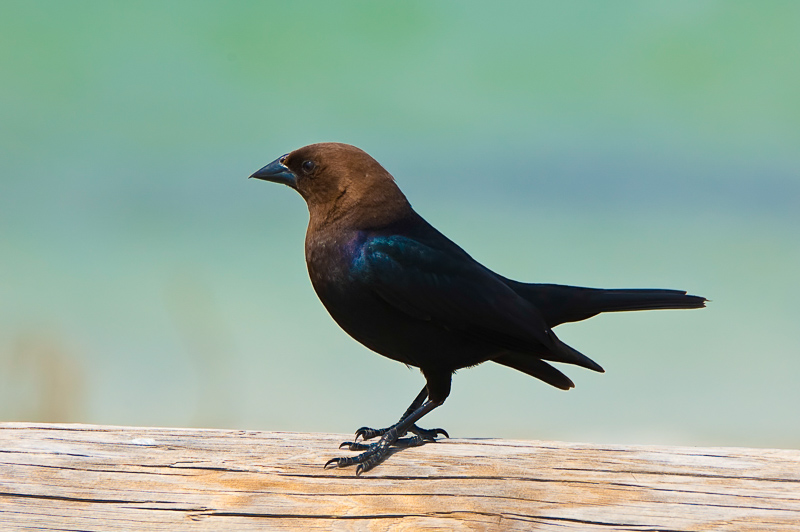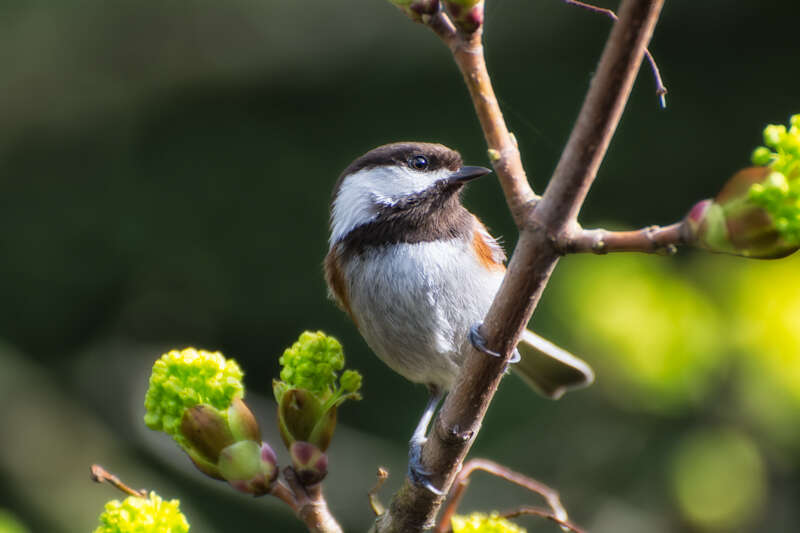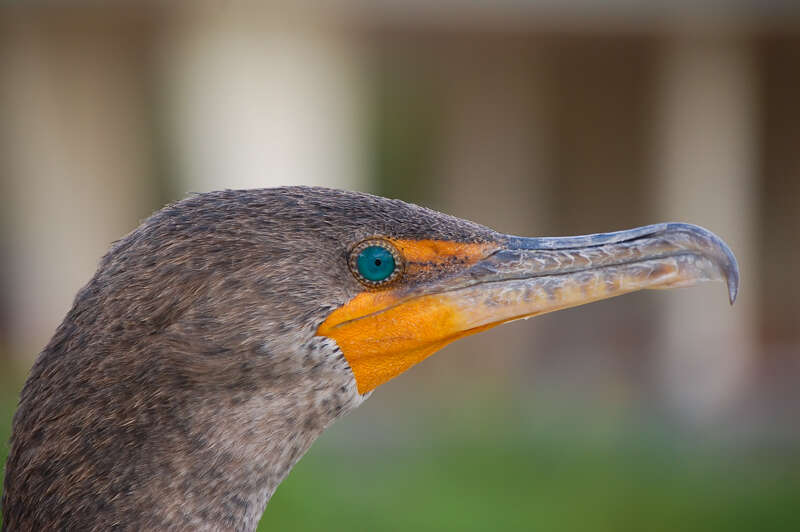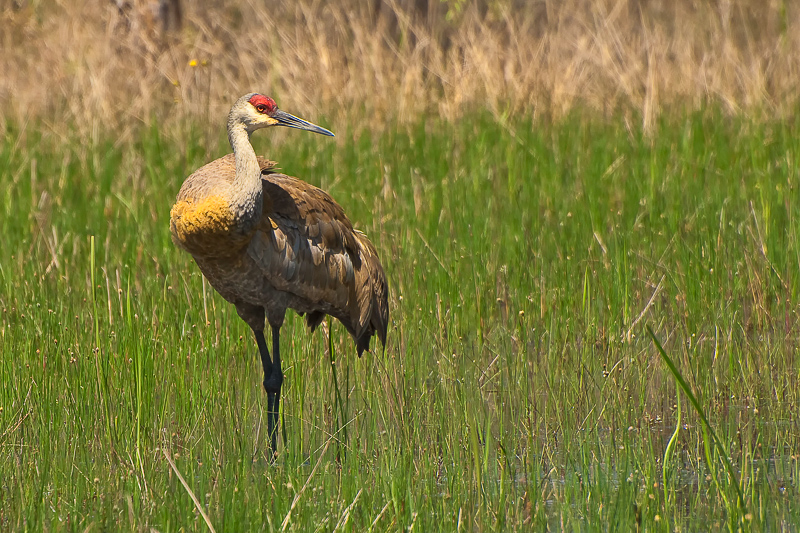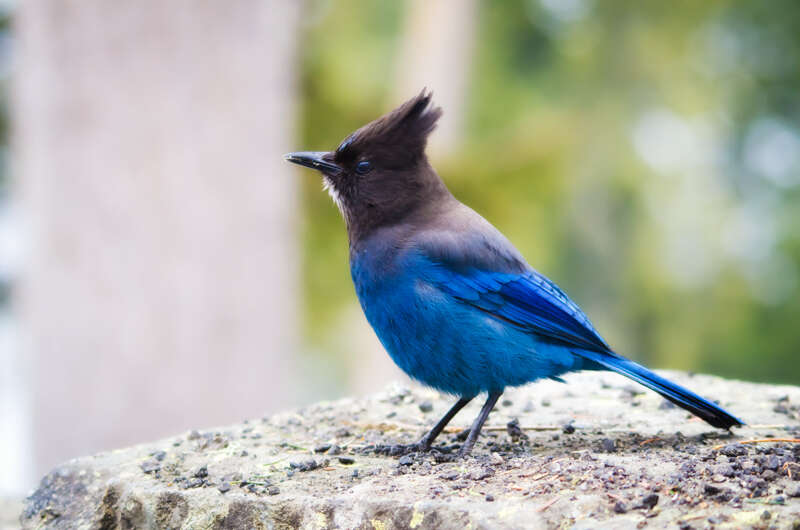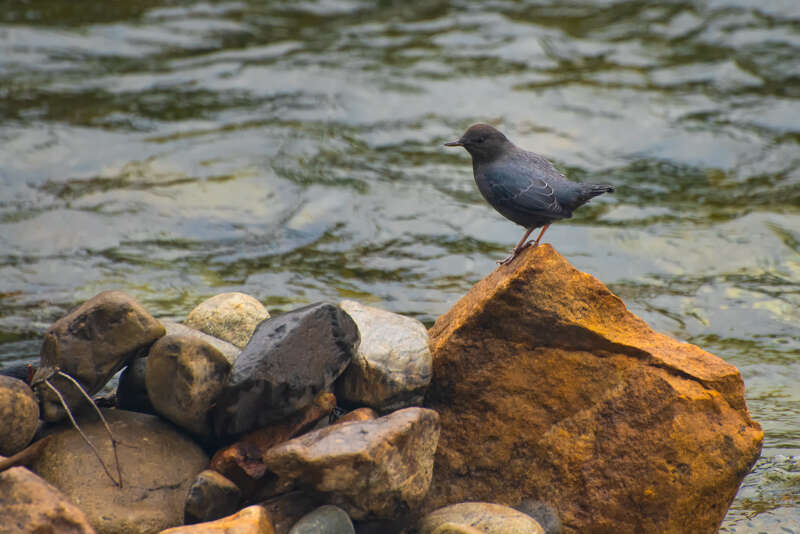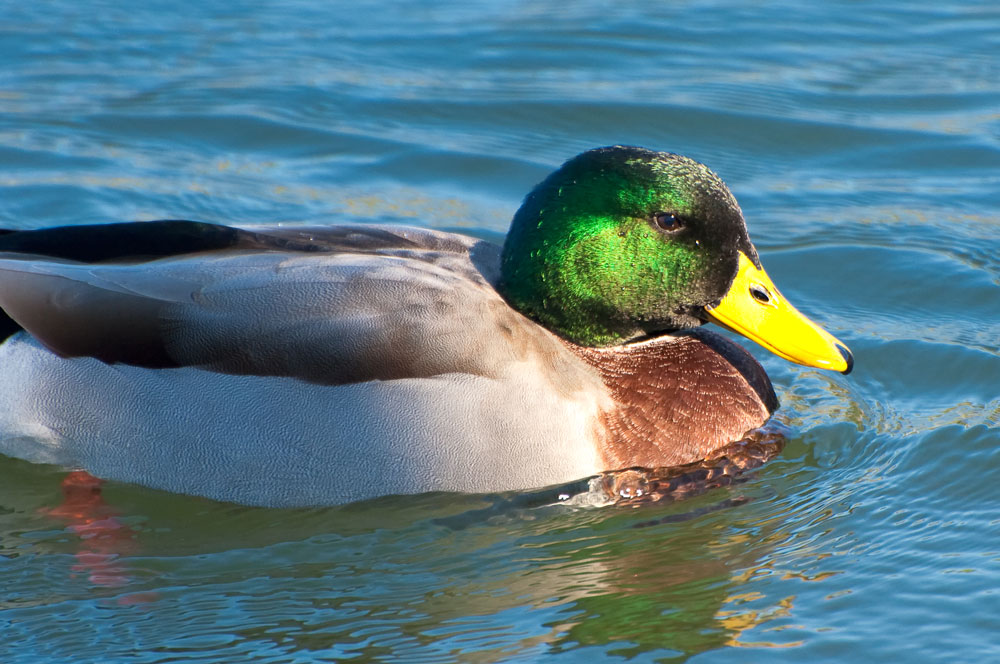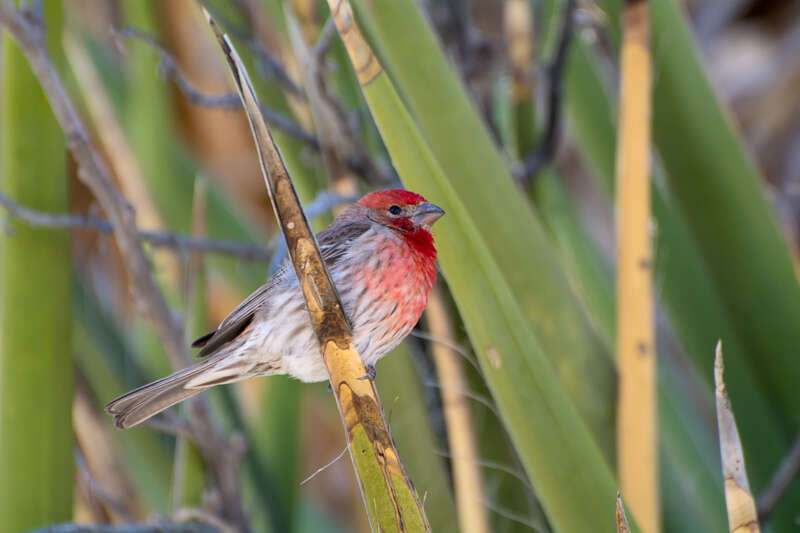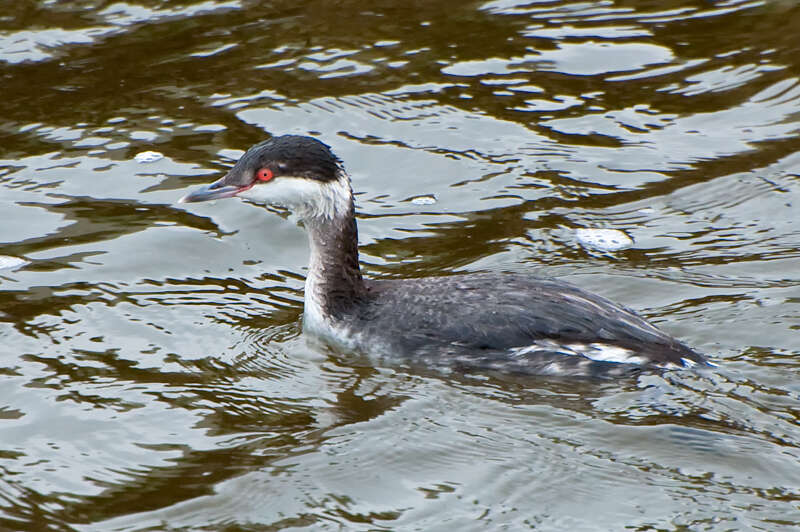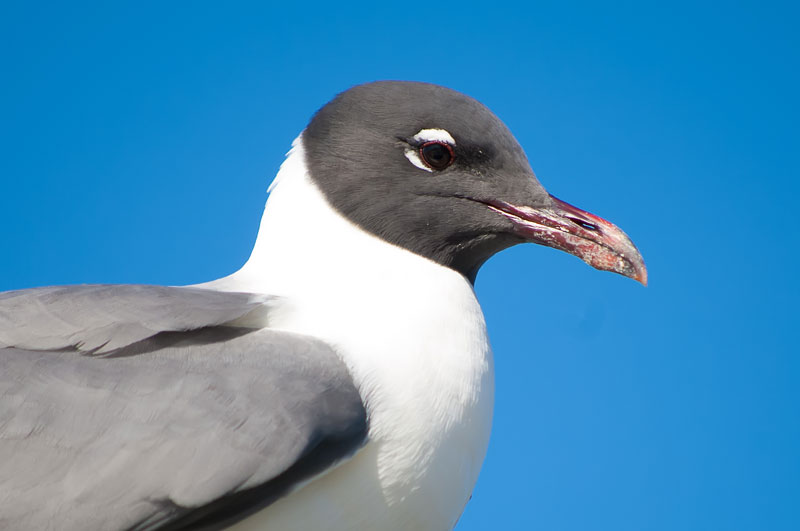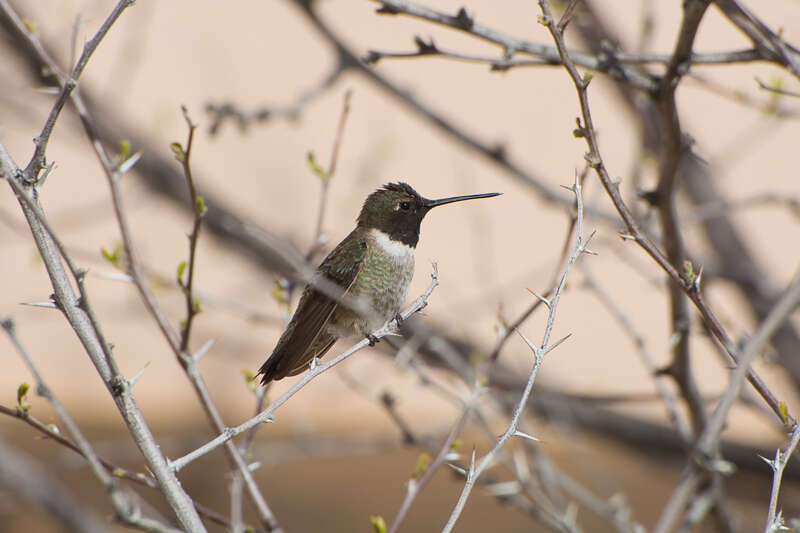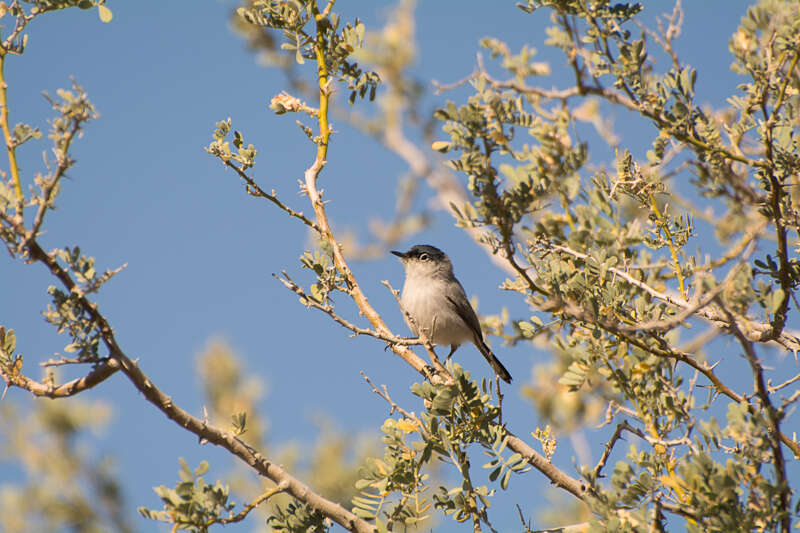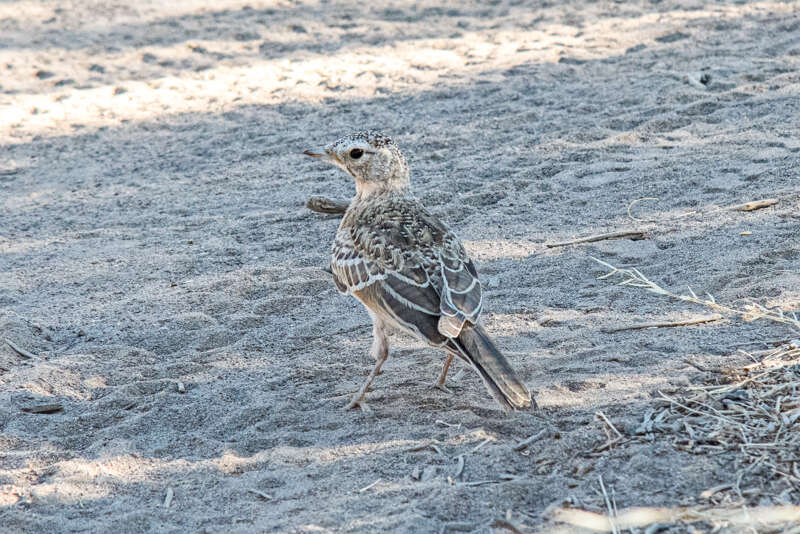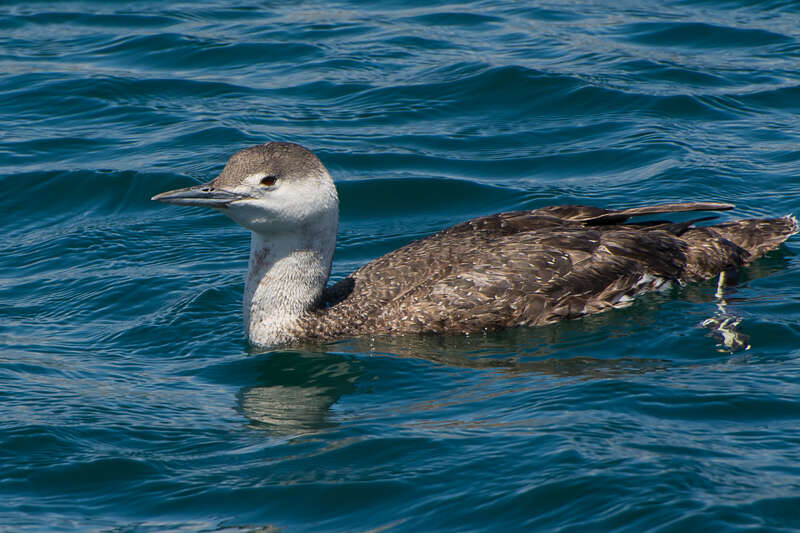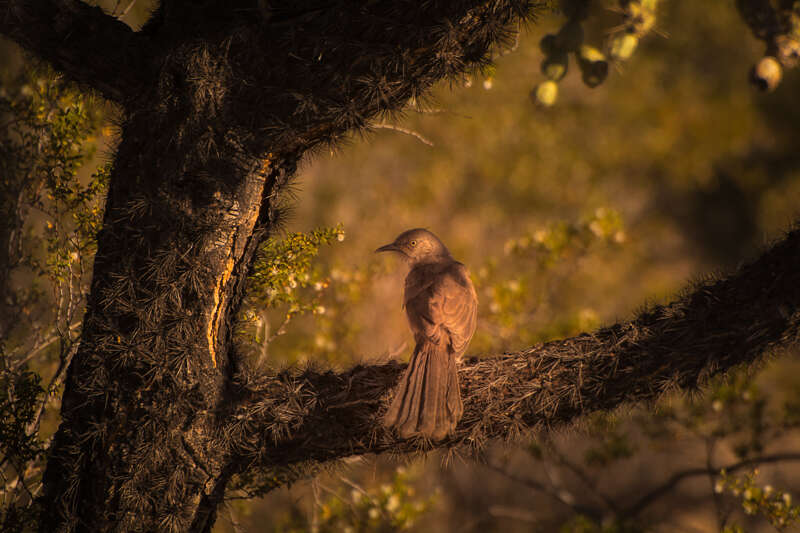Birds A-M
Anhingas
Anhingas (derived from the Brazilian Tupi language which means devil bird or snake bird) are common and very effective fish-hunters found along the coasts and interior of Florida, along the coast of the Gulf of Mexico and as far south as the Southern Amazon in Brazil. They are related to both cormorants and pelicans.
Birds of Prey
Eagles, Hawks, Ospreys, Falcons & More! This broad collection of galleries deals with hunting birds sometimes known as raptors, carrion eaters, night hunters and other winged predators that use speed, sharp talons, hearing and or phenomenal eyesight to actively catch prey on the wing.
Blackbirds and Cowbirds
Orioles, Meadowlarks, New World Blackbirds, Cowbirds & Grackles. Collectively known as the icterids, this very common and widespread family of songbirds is characterized by males with black feathers with yellow, red and/or orange highlights. While this isn’t always the case, females are always much more drab to the point of almost looking like another species.
Chickadees and Nuthatches
Most common of the songbirds. Often seen in mixed-species flocks in forests, edges of habitat zones or suburban treetops, this multi-family group of small songbirds are very commonly seen at birdfeeders and are both very active and agile fliers.
Cormorants
Masters of diving, cormorants have a very unusual feature for a bird: their feathers do not repel water or keep them afloat. This means that along with strong swimming wings and large webbed feet, they are especially agile and fast underwater and along with a long thin hooked bill, they are fishing experts. The drawback is that they have to completely dry their wings in the sun in order to fly after a dive.
Cranes, Limpkins and Rails
Gallinules, Coots, Cranes, Rails, Moorhen, Limpkins. Collectively known as gruiformes, these saltmarsh and wetland-loving birds are most often seen hunting small animals at the water’s edge.
Crows, Ravens, Magpies, Jays
Corvids (crows, ravens, magpies & jays) are known to be not only the smartest of birds, but are also suspected of being among the most intelligent of animals, even expressing a sense of self-awareness. These large social and omnivorous songbirds tend to prefer a particular type of seed or seeds specific to their species.
Dippers and Wrentits
Found primarily in the Western Half of North and Central America, Dippers are found in Mountain or coastal streams with rocky bottoms, sometimes dipping under ice in search of aquatic larvae. Wrentits prefer the more arid coastal scrub and chaparral.
Ducks and Geese
The family Anatidae includes ducks, swans and geese. These birds have evolved for swimming, floating and in some cases diving. They are mostly herbivorous and some undertake yearly migrations.
Finches and Old World Sparrows
This group includes finches, goldfinches, crossbills, grosbeaks, redpolls, siskin (family: Fringillidae) and the house sparrow (family: Passeridae). They are small to medium-sized birds with conical bills and short tails who mostly feed on seeds. Females are drab in appearance and males usually have bright patches of color.
Grebes
These small loon-like freshwater diving birds are excellent, agile swimmers, but not very graceful walking on dry land, but can swim underwater with the help of specialized body feathers with just their necks and heads showing above the water’s surface.
Gulls
Gulls and Terns. Unique to waterbirds, gulls (or seagulls) are at home in three places: land, sea and air. Other waterbirds are better in some of these than others, but not all can walk, swim and fly as easily as gulls. Terns are very close relatives that are also included in this gallery.
Hummingbirds
Unique to the New World and distantly related to swifts, these surprisingly aggressive, extremely beautiful and highly active tiny fliers can flap their wings up to 12 beats per second while hovering above wildflowers feeding on their sweet nectar, often in exchange for pollination!
Kinglets, Old World Warblers and Gnatcatchers
This gallery is dedicated to the smallest of the passerine or songbird family. These often tiny, fast insectivorous forest-dwellers can be found all through the Americas.
Larks
Larks are a large family of songbirds found around the world with the most species occurring in Africa. In North America, we’ve only got one species: the horned lark which lives in just about every part of the continent except for the southern half of Florida.
Loons
If you’ve ever spent the night near a lake in in the chillier parts of North America, you’ve no doubt heard the haunting call of a loon at night. Unlike other waterbirds, loons can propel themselves forward underwater using their webbed feet as an advantage, at the expense of being able to walk easily on land.
Mockingbirds, Catbirds and Thrashers
Family Mimidae includes mockingbirds, catbirds and thrashers, birds known for their songs, especially some species ability to mimic other birds and random sounds. They have long tails, slightly or obviously curved bills, strong legs that help them run on the ground foraging in the undergrowth for arthropods and fruits.


